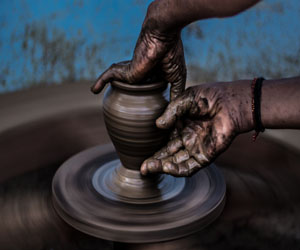


Exploring Candle Crafting Techniques
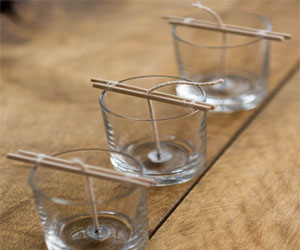
Candle crafting is a captivating and rewarding art that allows individuals to create personalized, aesthetically pleasing candles. From basic taper candles to intricately designed decorative pieces, the world of candle crafting is filled with techniques that cater to various skill levels and creative aspirations. In this article, we'll delve into some candle crafting techniques that can help you elevate your candle-making skills and create beautiful, unique candles.
Basic Candle Making:
Container Candles: The simplest candle-making technique, container candles involve pouring melted wax into a container with a wick placed in the center. Ideal for beginners, it offers endless possibilities for creativity by choosing different containers and scents.
Taper Candles: Taper candles are made by repeatedly dipping a wick into melted wax until the desired size is achieved. This traditional technique requires patience and precision but can result in elegant, long-lasting candles.
Layering And Embedding:
Layered Candles: Create visually stunning candles by pouring different colored wax layers into a mold. Each layer solidifies before adding the next, resulting in a candle with multiple colorful bands.
Embedding: Embedding involves placing decorative objects (like dried flowers, seashells, or small figurines) within the candle as it cools and hardens. The objects are preserved within the candle, providing a unique, artistic touch.
Marbling And Swirling:
Marbled Candles: Achieve marbling effects by mixing various colored wax and gently swirling them together before pouring into a mold. The result is a candle with beautiful, intertwined patterns.
Swirled Candles: Create captivating swirl patterns by pouring different colored wax into a mold, then using a tool to create swirling designs before the wax solidifies.
Carving And Sculpting:
Carved Candles: Hand-carved candles are true works of art. After the candle has cooled and solidified, use carving tools to create intricate designs and patterns on the candle's surface.
Sculpted Candles: Sculpted candles involve shaping the wax while it's still soft and malleable. This technique allows for the creation of 3D designs and intricate shapes.
Aromatherapy And Scented Candles:
Aromatherapy Candles: Combine the art of candle making with the therapeutic benefits of aromatherapy. Infuse your candles with essential oils, such as lavender or eucalyptus, to create scented candles that promote relaxation and well-being.
Wax Embeds And Inclusions:
Wax Embeds: Add additional wax elements within your candles to create textural interest. These can be in the form of small wax chunks, flakes, or even finely grated wax that creates unique patterns within the candle.
Inclusions: Inclusions refer to adding non-wax elements like herbs, spices, or glitter to your candles. These inclusions can add a visual or aromatic dimension to your candles, making them truly one-of-a-kind.
Double Pour And Gel Candles:
Double Pour: This technique involves pouring a second layer of wax with a different color over an initial layer, creating a visually striking two-toned effect.
Gel Candles: Gel candles are made by using a clear, gel-like wax that allows for embedding decorative elements. The transparency of the gel enhances the visual appeal, making them perfect for decorative and gift candles.
Candle crafting techniques offer endless creative possibilities, from producing beautifully scented candles to creating sculptural masterpieces. Whether you're a novice or an experienced crafter, exploring these techniques can add a new layer of excitement and artistry to your candle-making endeavors. So, roll up your sleeves, gather your materials, and immerse yourself in the world of candle crafting to create unique, personalized candles that not only illuminate your space but also serve as works of art.

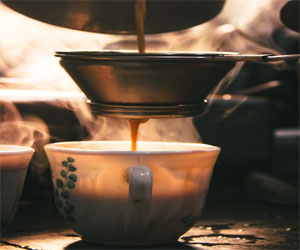
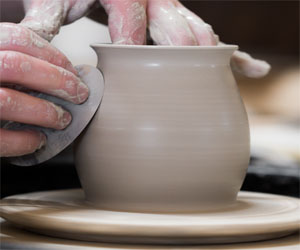

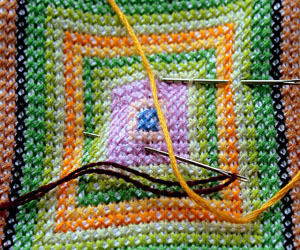

Earth-Saving Crafts
 Environmental Impact
Environmental Impact
One of the most significant aspects of earth-saving crafts is their direct impact on the environment. By reusing materials, these crafts reduce the demand for new resources, saving energy and conserving raw materials. Crafting from waste materials not only lowers carbon footprints but also lessens the burden on landfills. It's a small, yet crucial, step toward mitigating the detrimental effects of overconsumption and waste generation.
Empowering Individuals
Engaging in earth-saving crafts is empowering. It fosters a sense of self-sufficiency and self-expression. Crafting allows individuals to take control of their environmental impact and make conscious choices. It encourages people to think outside the box and find new uses for old items, thereby reducing their reliance on mass-produced, environmentally-harmful goods.
A Platform For Innovation
Earth-saving crafts promote innovation and creativity. When faced with limited resources, crafters often devise ingenious solutions to repurpose materials. This sparks fresh ideas and unique designs. The combination of limited resources and boundless creativity gives rise to one-of-a-kind creations.
Herbs For Homemade Remedies
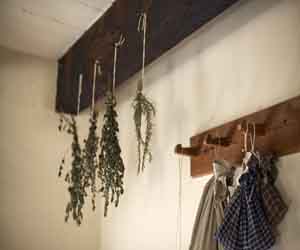 Creating Your Herbal Toolkit
Creating Your Herbal Toolkit
To get started with herbs for homemade remedies, it's essential to build a basic herbal toolkit. Here are some key herbs to consider:
1. Lavender: Known for its soothing properties, lavender can help alleviate stress, anxiety, and insomnia. It's often used in teas, essential oils, and as a topical treatment for burns and insect bites.
2. Echinacea: Echinacea is celebrated for its immune-boosting capabilities. It's commonly used to fend off or reduce the duration of colds and flu.
3. Aloe Vera: Aloe vera is renowned for its ability to heal skin ailments, from sunburn to minor cuts and wounds. Its gel is a go-to remedy for soothing and repairing damaged skin.
4. Chamomile: Chamomile is a gentle herb used to calm digestive issues and promote relaxation. It's often found in teas, but its essential oil can be used topically for various skin conditions.
5. Peppermint: Peppermint is a versatile herb known for aiding digestion and alleviating headaches. It can be used in teas, infused oils, or as a topical rub.
6. Calendula: Calendula is prized for its skin-healing properties and is a primary ingredient in salves, creams, and ointments for skin irritations and rashes.
7. Ginger: Ginger is a potent anti-nausea and anti-inflammatory herb. It's an excellent addition to teas or can be consumed in various forms for digestive relief.
8. Thyme: Thyme's antimicrobial and antibacterial properties make it a great remedy for respiratory issues. It's often used in homemade cough syrups and teas.
Craftsmanship And Artistry In Clay
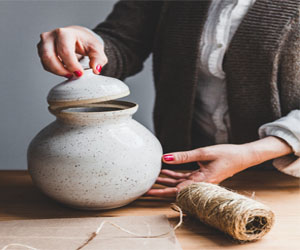 The Creative Process: The creation of handmade ceramics begins with selecting the right type of clay, which can range from earthenware to stoneware to porcelain, each offering unique characteristics and possibilities. Once the clay is chosen, it's hand-worked into the desired shape, whether a functional piece like a bowl or a purely decorative sculpture.
The Creative Process: The creation of handmade ceramics begins with selecting the right type of clay, which can range from earthenware to stoneware to porcelain, each offering unique characteristics and possibilities. Once the clay is chosen, it's hand-worked into the desired shape, whether a functional piece like a bowl or a purely decorative sculpture.
Artists often experiment with textures, patterns, and surface treatments to give their pieces a distinct character. They may carve, incise, or use various glazing and decorating techniques to achieve their artistic goals. Each piece reflects the artist's individual style and creative expression.
The Human Touch: What sets handmade ceramics apart is the human touch evident in every detail. These pieces bear the imperfections and idiosyncrasies that result from the artist's hands, making each item truly unique. The texture of the clay, the nuance of the glaze, and the individual characteristics of the artist's work contribute to the rich diversity of handmade ceramics.
Functional And Decorative Art: Handmade ceramics serve a dual purpose in both the realms of functional and decorative art. Many artists create pottery that is not only beautiful but also functional, such as mugs, plates, and vases. These pieces add a personal and artistic touch to everyday life, enhancing the aesthetic experience of daily rituals like enjoying a cup of coffee or arranging flowers.
On the other hand, decorative ceramics explore the boundaries of the medium and often serve as standalone art pieces. Sculptural and abstract in nature, they challenge conventional notions of pottery and ceramics, pushing the limits of what can be achieved with clay.

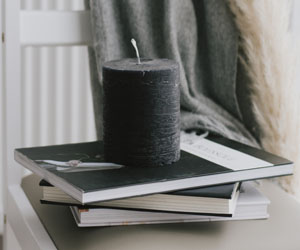
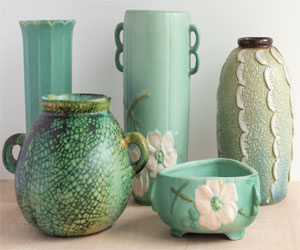
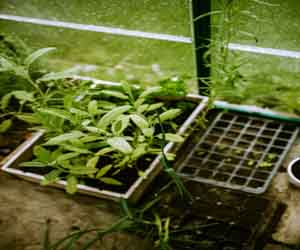
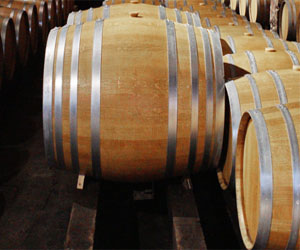
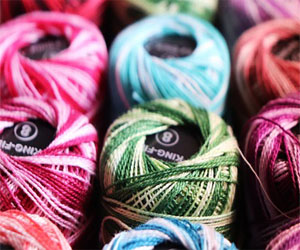
From Vine To Glass
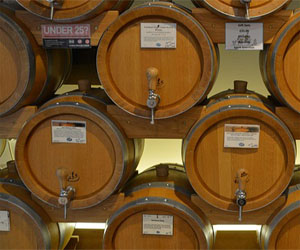 Harvesting: The timing of the grape harvest is a critical decision. Harvesting too early or too late can significantly impact the final product. In traditional wine production, grapes were often handpicked, allowing for the careful selection of ripe, healthy clusters. However, modern mechanical harvesters have also become popular for their efficiency.
Harvesting: The timing of the grape harvest is a critical decision. Harvesting too early or too late can significantly impact the final product. In traditional wine production, grapes were often handpicked, allowing for the careful selection of ripe, healthy clusters. However, modern mechanical harvesters have also become popular for their efficiency.
Crushing And Pressing: Once the grapes are harvested, they undergo a process known as crushing, where they are gently broken to release the juice. Depending on the type of wine being produced, the grapes may be destemmed, meaning the stems are removed, or they may be pressed directly. The juice obtained from this process is known as "must."
Fermentation: Fermentation is a crucial stage in wine production, as it's where the grape juice transforms into wine. Yeasts are introduced to the must to convert the sugars into alcohol. The choice of yeast and fermentation method can significantly influence the wine's flavor profile.
Aging: Aging is a key factor in wine production, especially for red wines and some white wines. Oak barrels, often used for aging, can impart flavors and aromas to the wine, adding complexity and depth. The length of aging, as well as the type of barrel used, varies based on the style of wine desired.
Decorating Your Herb Garden
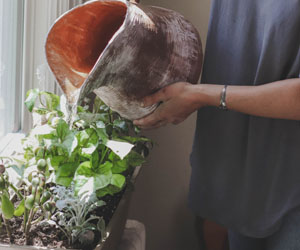 Symmetrical Or Geometric Layouts: Create symmetrical or geometric patterns in your garden, such as circular herb beds or rectangular planters. These structured designs can bring a sense of order and formality to your garden.
Symmetrical Or Geometric Layouts: Create symmetrical or geometric patterns in your garden, such as circular herb beds or rectangular planters. These structured designs can bring a sense of order and formality to your garden.
Herb Borders: Plant herbs along the edges of garden beds or walkways to define the space and create an organized, neat appearance.
Decorative Planters And Containers
Your choice of planters and containers can be a focal point in your herb garden:
Terracotta Pots: The rustic charm of terracotta pots adds a timeless elegance to your garden. Consider using pots of various sizes and shapes for a curated look.
Decorative Containers: Opt for unique and decorative containers like vintage crates, wooden barrels, or painted ceramics. These containers can be both functional and ornamental.
Hanging Baskets: Hang herbs in decorative baskets, allowing them to cascade gracefully. This not only saves space but also adds a touch of whimsy to your garden.
Vertical Planters: Vertical herb planters, such as living walls or pocket planters, are not only space-efficient but also create a captivating visual display.
Garden Decor And Art
Incorporating garden decor and art pieces can enhance the visual appeal of your herb garden:
Garden Statues: Statues, sculptures, or even ornamental birdbaths can be strategically placed to create a focal point or add a sense of character to your garden.
Garden Signs: Customize herb labels or garden signs with artistic fonts and designs. These signs serve a functional purpose while adding a touch of charm.
Garden Trellises: Installing trellises can provide support for climbing herbs like cucumbers or vining plants, adding both vertical dimension and visual interest to your garden.